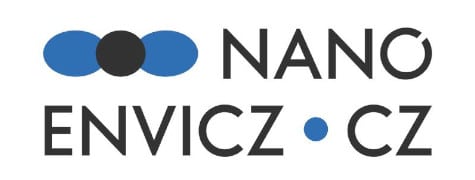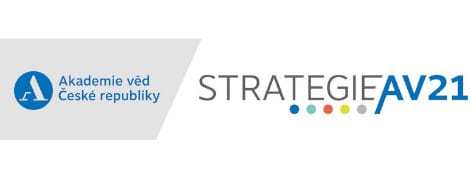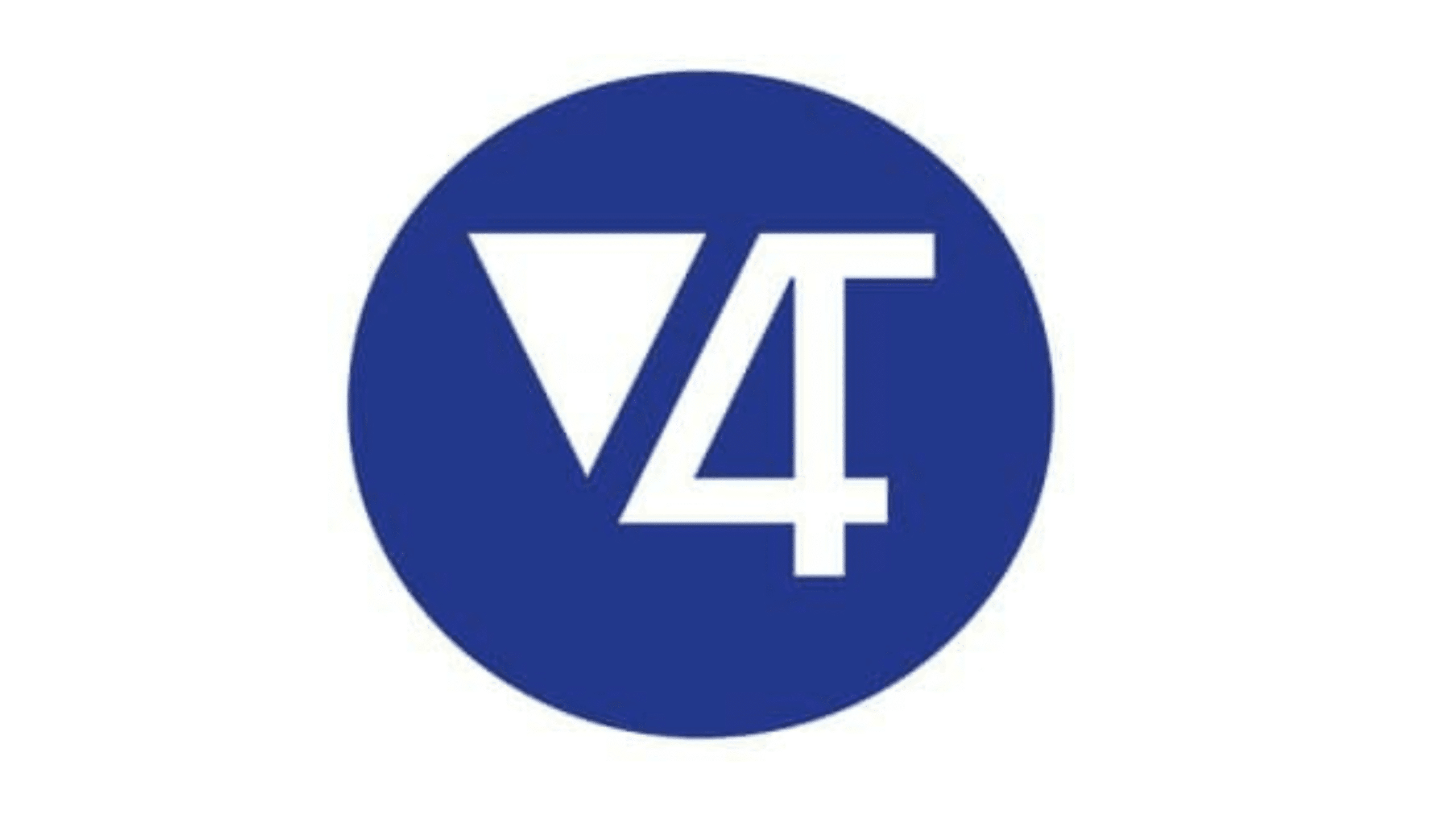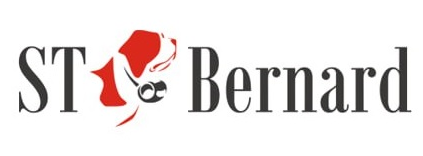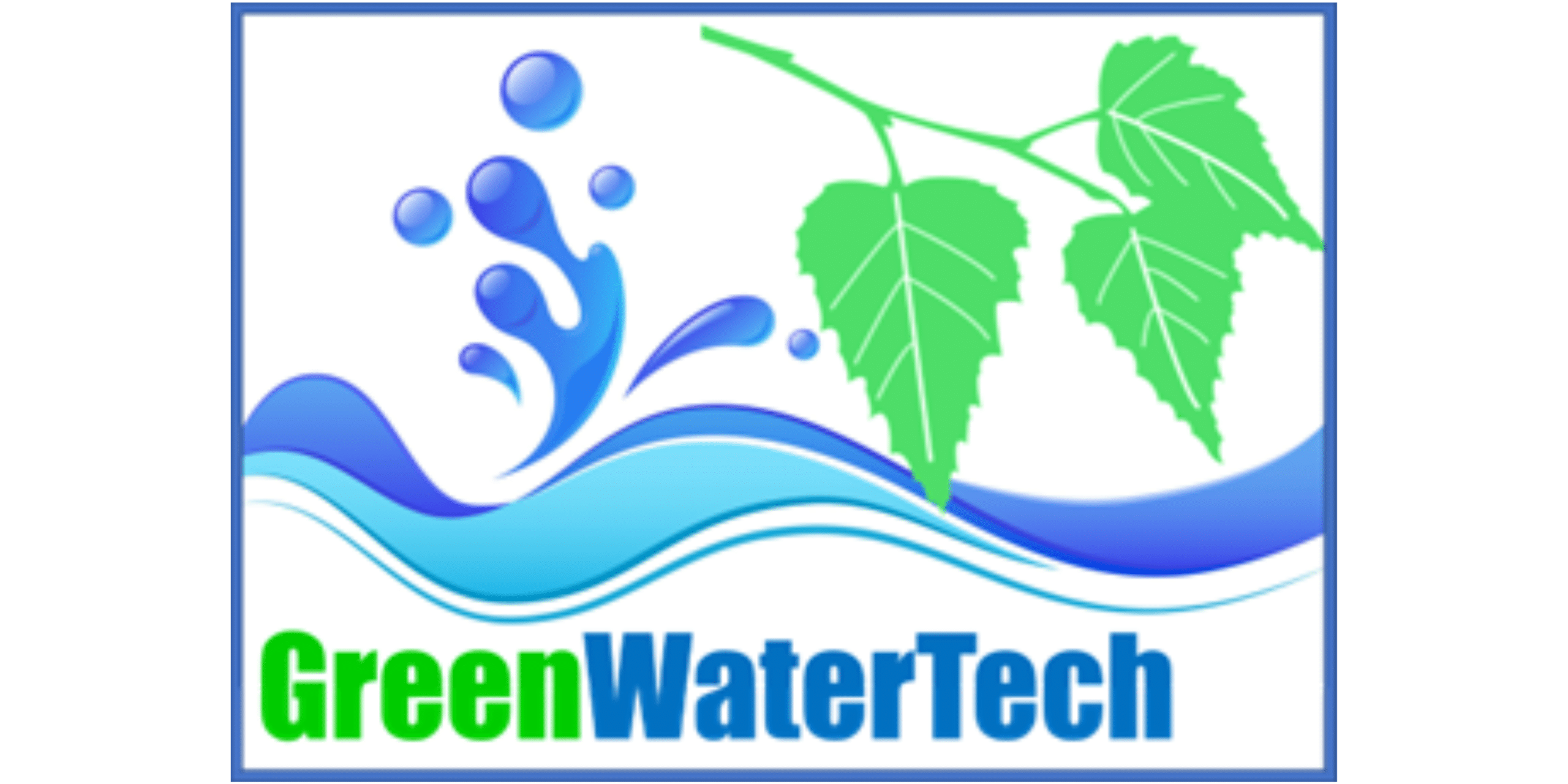Číst zprávu
Číst zprávu
Číst zprávu
42nd NARECOM
3. 2. 2025
The presentation "The impact of environmental pollution on oxidative stress in mothers/newborns" will be introduced by Dr. Antonín [...]
Číst zprávu
41st NARECOM
4. 12. 2024
The presentation "Targeting Drug Delivery: Why It's Easier Said Than Done" will be introduced by Dr. Dominika Wróbel from Centre for [...]
Číst zprávu
ÚACh získal 7 projektů GAČR!
2. 12. 2024
V letošním roce získal Ústav anorganické chemie AV ČR podporu pro 7 nových projektů GAČR: Jiří Henych - Povrchová chemická reaktivita [...]
Číst zprávu
[ socsitex ]
https://www.youtube.com/watch?v=164oRQ3mbVQ&
https://www.youtube.com/watch?v=164oRQ3mbVQ&
https://www.youtube.com/watch?v=8aovaBIoTco
https://www.youtube.com/watch?v=8aovaBIoTco
https://www.youtube.com/watch?v=BaUH4OIaizE
https://www.youtube.com/watch?v=BaUH4OIaizE
https://www.youtube.com/watch?v=ljESsCwzifI&
https://www.youtube.com/watch?v=ljESsCwzifI&
Novinky ve výzkumu
Catalytic dehalogenation with activated borane, a porous borane cluster polymer
Activated borane (ActB) is a metal- and halogen-free porous borane cluster polymer that effectively serves as a heterogeneous catalyst for hydrodehalogenation of aliphatic fluorides and chlorides, using triethylsilane as a reductant. It demonstrates high thermal stability, reusability, and significant Lewis acidity, making it capable of achieving full dehalogenation with high turnover numbers, even after multiple […]
A Direct Route to closo-SBnCln Thiaboranes: Chalcogen Bonding in SB5Cl5 vs. SB11Cl11 Crystals
Polyhedral boron chemistry exhibits various heteroatom substitution and a series of heteroboranes thus being afforded Furthermore, the introduction of halogens instead of terminal hydrogens enables the synthesis of small perhalogenated heteroboranes, stabilized through π back-donation. In this research, SB5Cl5 and SB9Cl9 clusters were prepared by co-pyrolysis of B2Cl4 with S2Cl2 at 280 °C in a […]
Zr-based MOFs: relation between linkers connectivity, stability, and catalytic activity
Metal–organic frameworks (MOFs) are widely researched but applied only in few commercial processes among others due to unknown stability. This study evaluates the stability of four zirconium-based MOFs with different linkers in water at pH 3.0 to 11.0. Results indicate that MOFs with tetratopic linkers (PCN-222, MIP-200) are more stable than those with ditopic or […]


